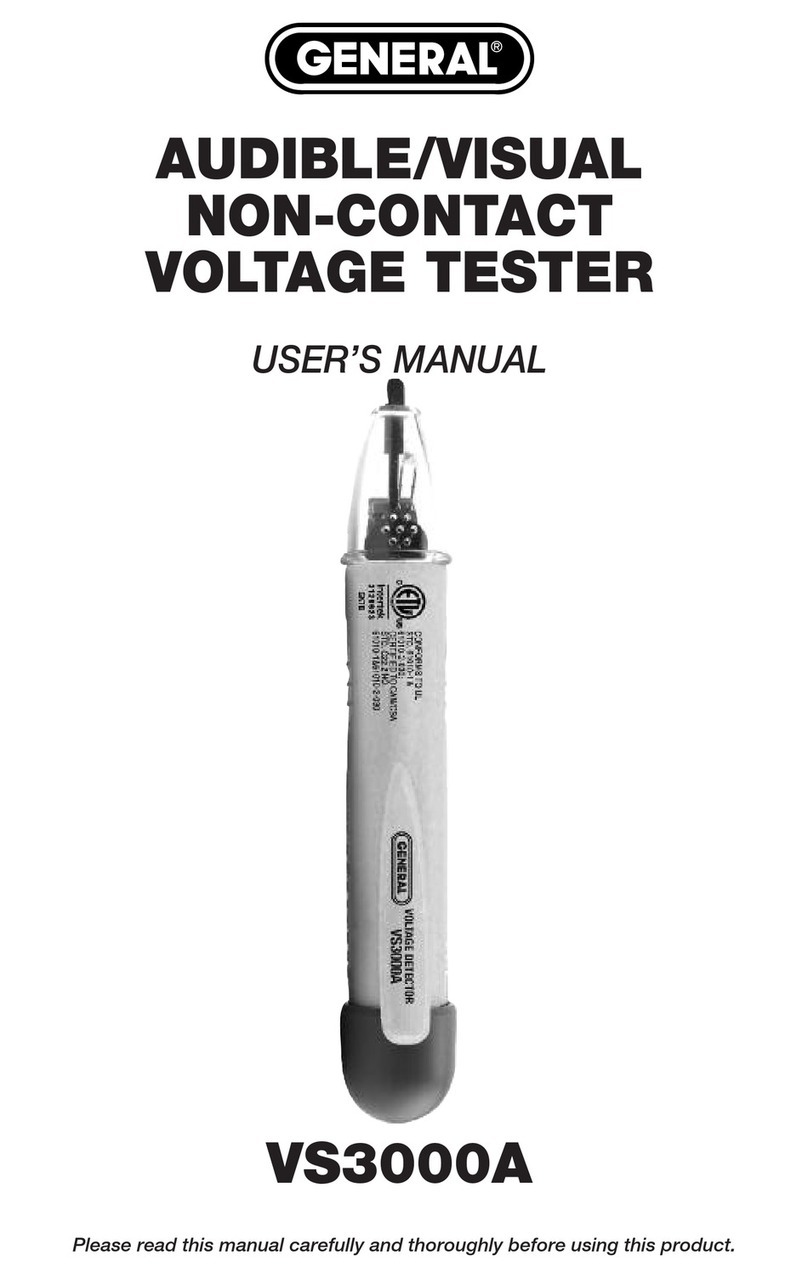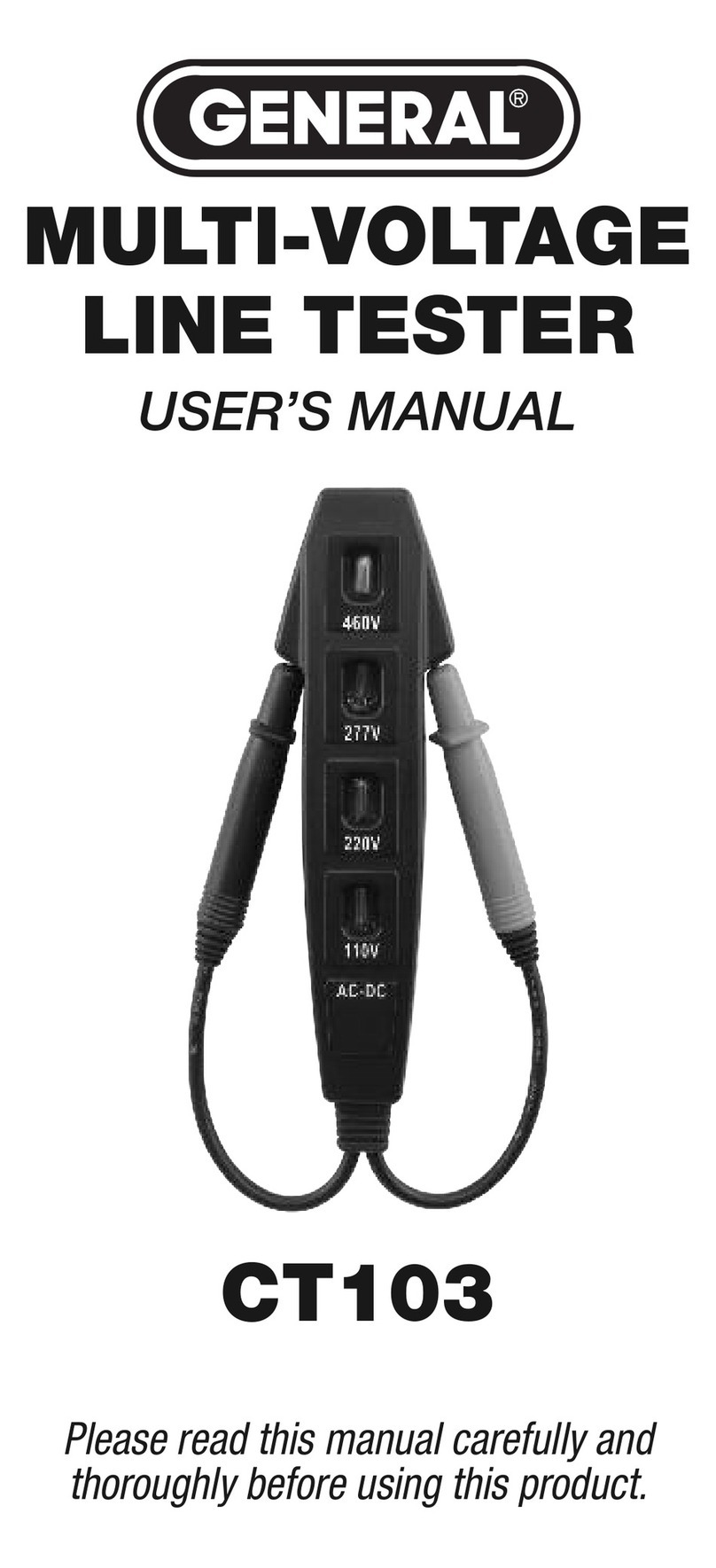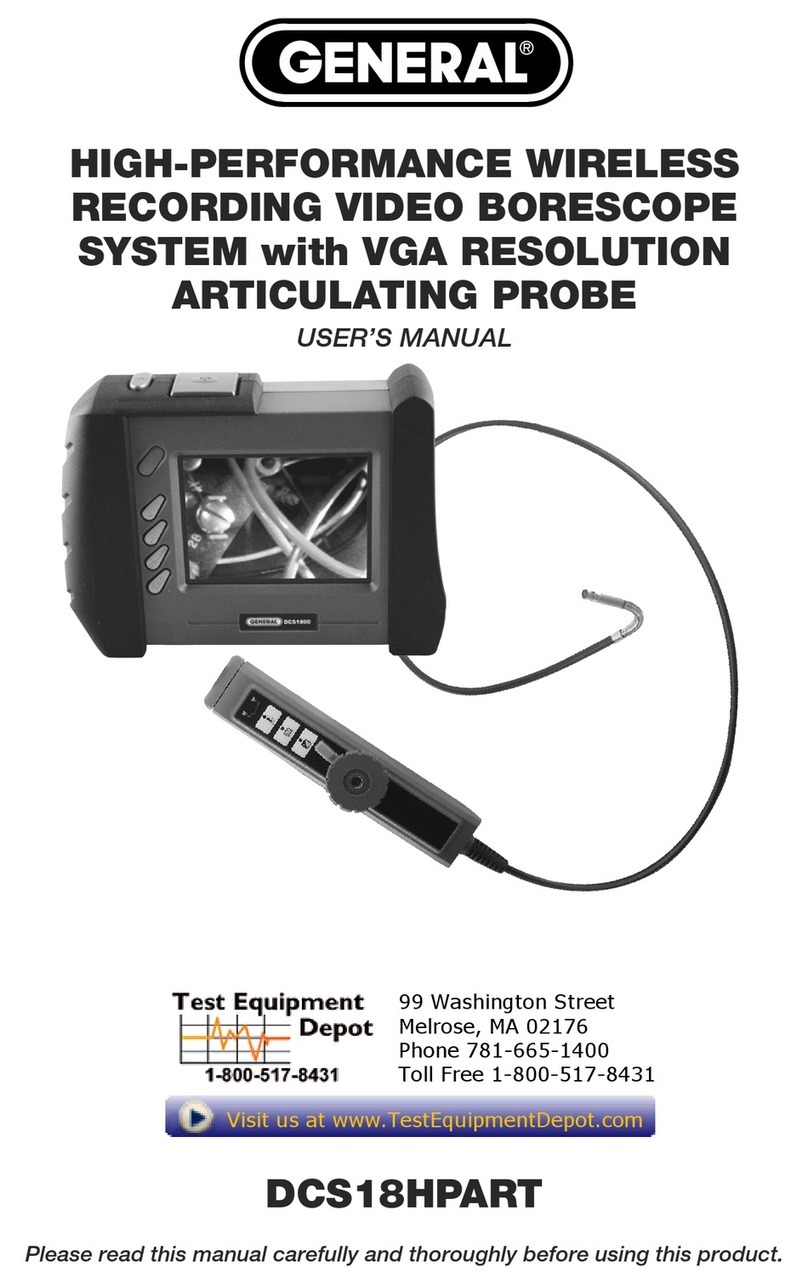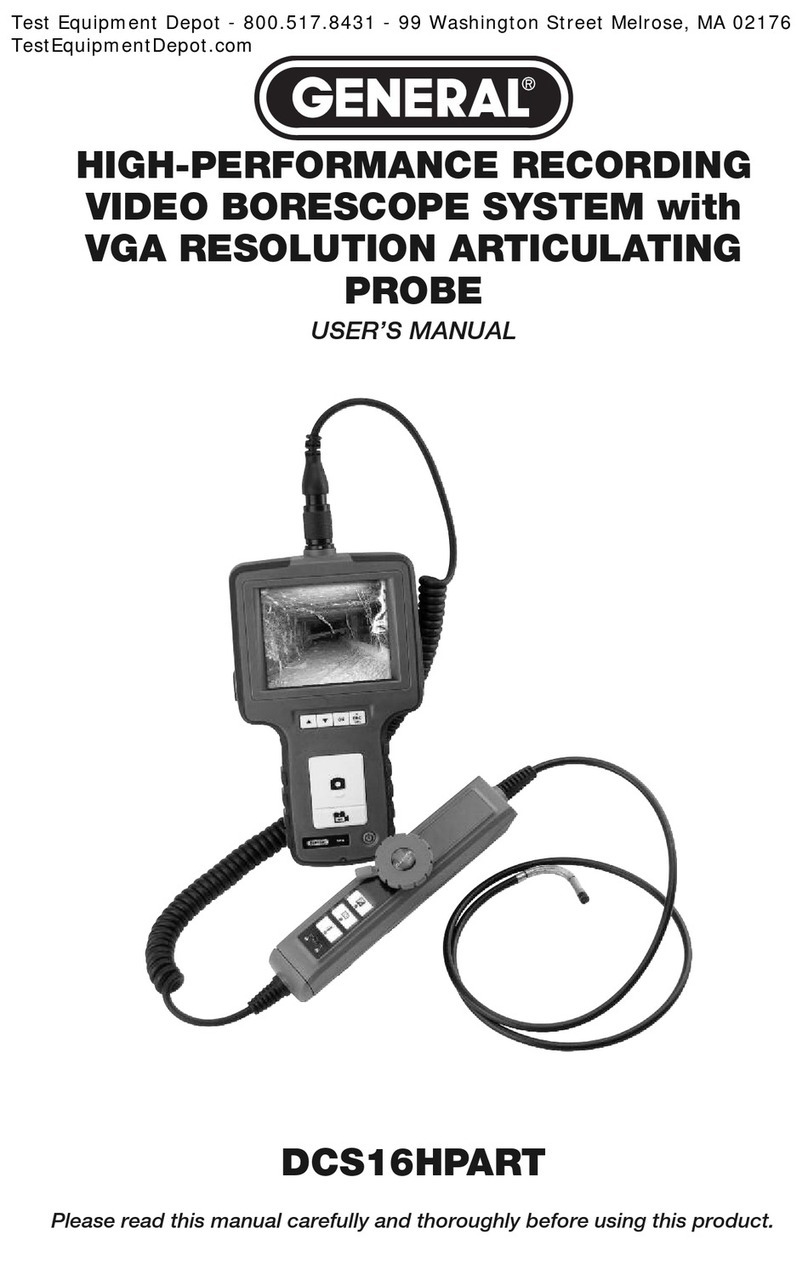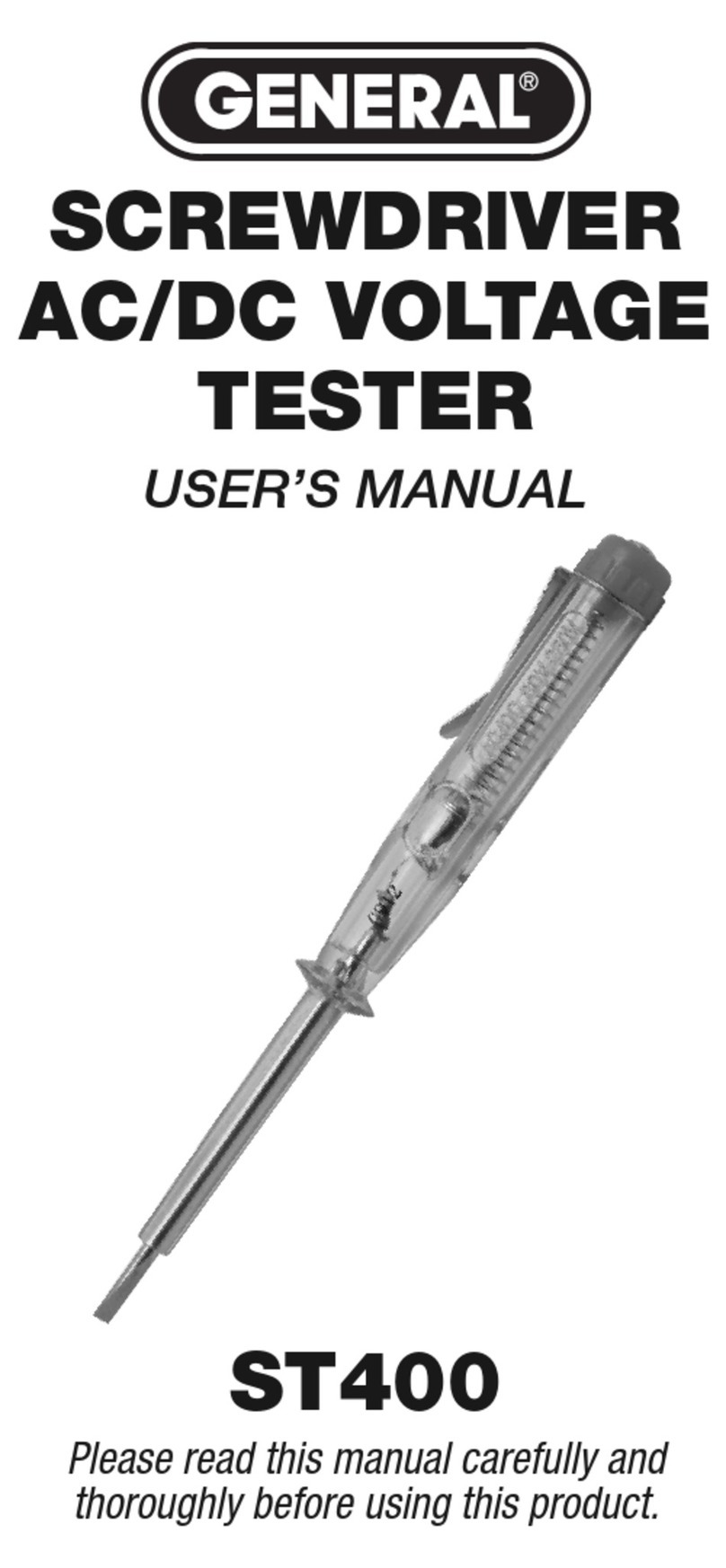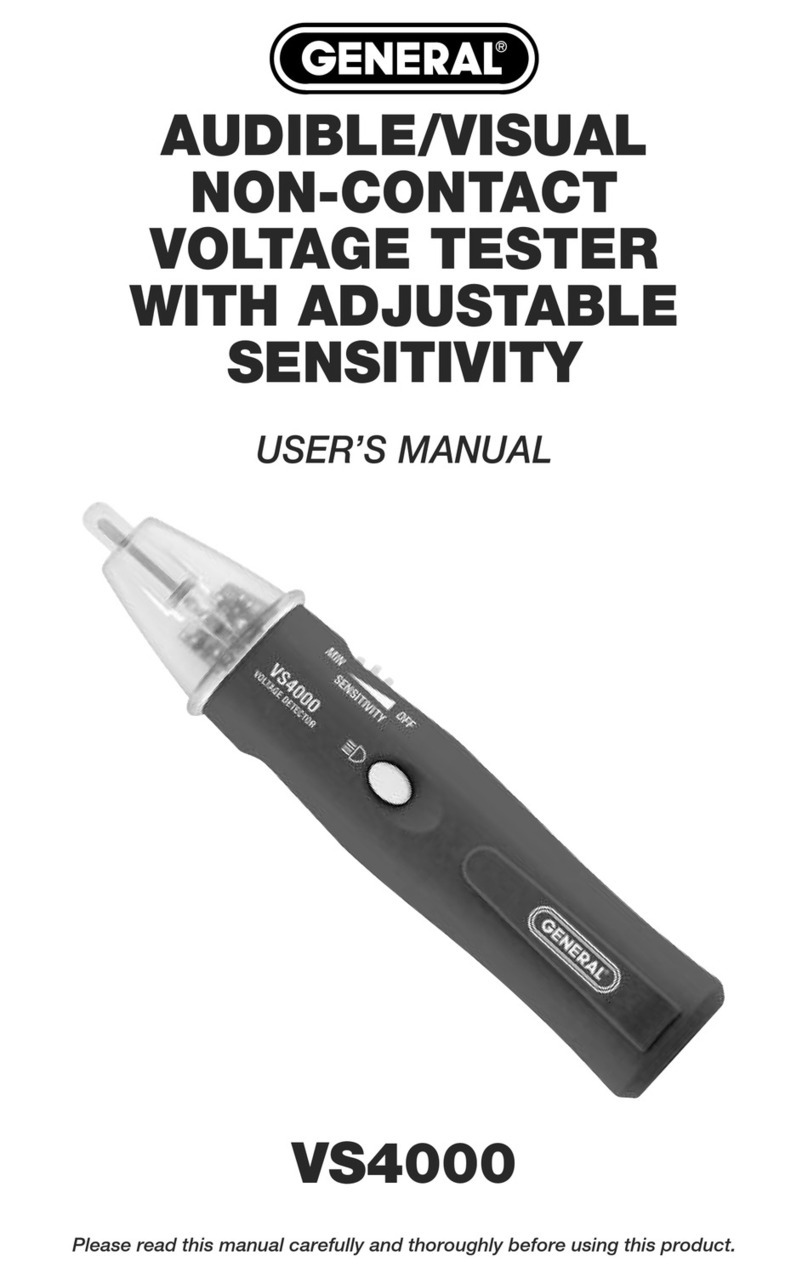<Conductivity >
1. Make sure the sensor is Conductivity cell, or check that the icon , or
appears in the LCD display.
2. Dip the conductivity cell into the standard solution 1413 µS/cm. Stir gently and wait until the
display is stabilized. Press and hold button to enter calibration mode until the icon CAL
appears in the display, and flashes 1413 µS/cm. When the display stops flashing and
indicates “SA”, it will be followed by “End” while calibration is ending, and then return to
measurement mode.
3. If reading is not 0 µS/cm while the meter is in the air and is not dipped it into any solution,
then calibrate it in the air to make reading becomes 0 µS/cm.
Note: (1) Calibration with a 12.88 mS/cm standard solution would be better for measuring high
conductivity solution.
(2) The icon will appear automatically during calibration mode.
(3) “SA” will not appear if the calibration fails.
MEASUREMENT
<H >
1. After calibration, rinse the electrode with clean water and wipe it dry. Dip the electrode into
sample solution to be measured. Stir gently and wait until a stable reading can be obtained.
<ORP >
1. Insert ORP electrode and the icon will appear in the LCD display automatically.
2. Calibration is not necessary for ORP. But it could be tested with a specific ORP solution to
check if the electrode is good or bad.
3. Rinse the electrode with clean water and wipe it dry. Dip the electrode into sample solution
to be measured. Stir gently and wait until a stable reading can be obtained.
Note: (1) “_ _ _ _” will appear in the display when it is over the measuring range.
(2) After measurement, rinse the electrode with clean water. Place the protective cap and
soaking bottle back on. The soaking bottle should be always kept wet by adding
soaking solution.
<Conductivity>
1. After calibration, rinse the conductivity cell with clean water and wipe it dry. Dip the
conductivity cell into sample solution to be measured. Stir gently and wait until a stable
reading can be obtained.
2. Press button to select the desired measurement mode Conductivity, TDS or Salinity.
Note: (1) “_ _ _ _” will appear in the display when it is over the measuring range.
(2) The unit will auto-range to µS/cm or mS/cm, ppm or ppt.
(3)
After measurement, rinse the electrode with clean water and place the protective cap
back.
TDS Salt
COND
ORP
COND
